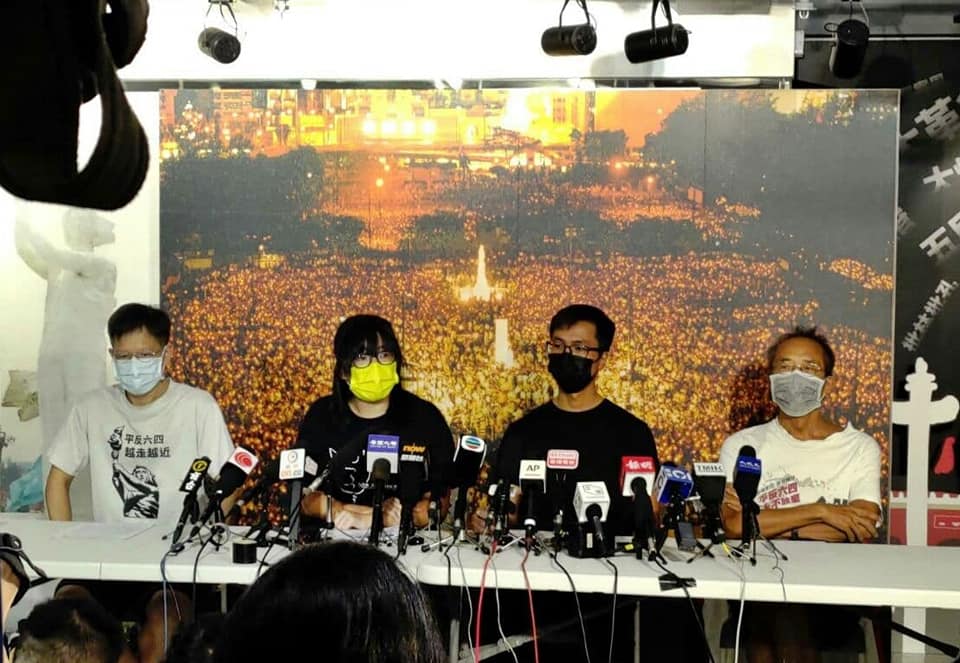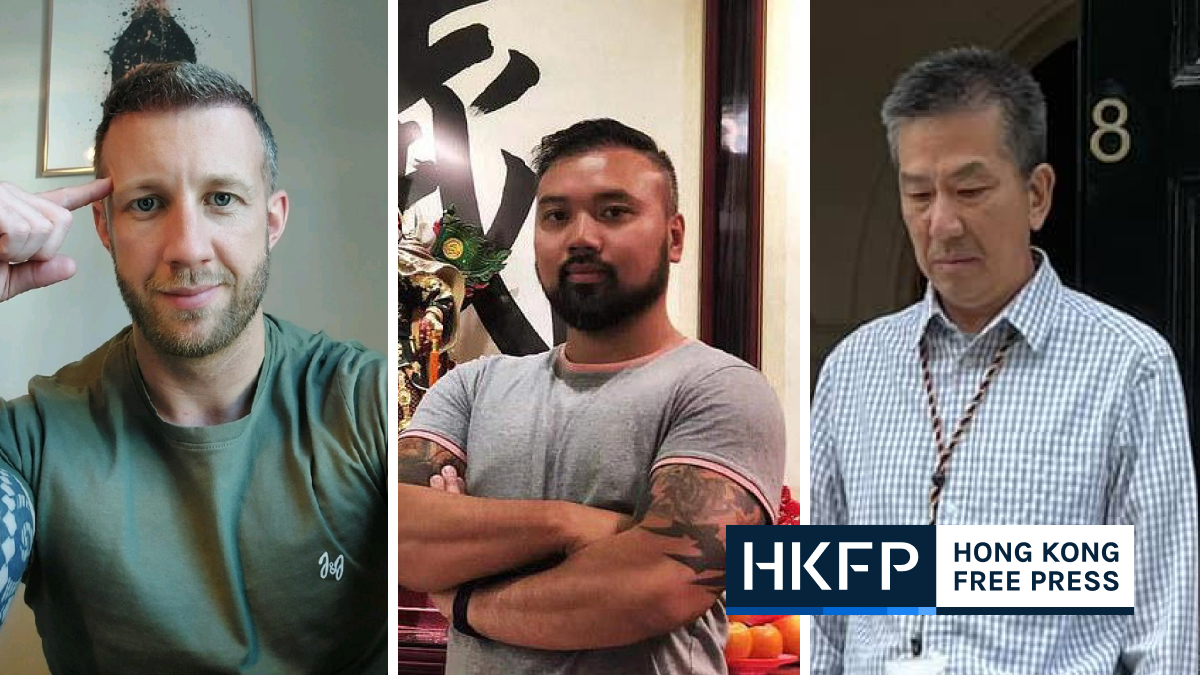Hong Kong’s security minister has said he would not inform a thief that they were going to be arrested, after he was asked whether the city’s national security police had plans to arrest a Danish artist behind a 1989 Tiananmen crackdown monument.

Arrest operations conducted by Hong Kong law enforcement authorities were based on facts, evidence and relevant laws, Secretary for Security Chris Tang said on Sunday during a media briefing ahead of his five-day visit to Vietnam and Singapore.
The security chief was asked about the Pillar of Shame, an eight-metre artwork commemorating the victims who died in Beijing’s military crackdown on a student-led pro-democracy movement in 1989. The sculpture, created by Jens Galschiøt, had stood on the University of Hong Kong campus for 24 years before it was quietly removed by the school citing safety concerns in December 2021.
It was seized by the city’s national security police in May as evidence for an incitement to subversion case involving the organiser of Hong Kong’s annual Tiananmen crackdown vigil and its three leading members: Lee Cheuk-yan, Albert Ho and Chow Hang-tung.

Citing sources, local newspaper Sing Tao reported earlier this month that Hong Kong’s national security police planned to arrest Galschiøt if he travelled to the city. The authorities may also invoke Article 55 of the security law to transfer the artist to mainland China for trial, the report read.
Tang on Sunday was asked if the Hong Kong authorities had been in touch with the Ministry of Foreign Affairs of Denmark regarding any arrest action against the sculptor. He responded by saying he could not comment on individual cases.
“If someone writes me a letter, including some thieves, asking whether they were wanted and if they would be arrested… I would not answer. I would not disclose to a thief that I would apprehend them,” Tang said in Cantonese.
Galschiøt has demanded the return of the Pillar of Shame and asked the Hong Kong authorities to clarify whether he was liable for arrest under the security law. In response, Tang penned a letter to the sculptor last week and said Hong Kong had a constitutional duty to take prompt action to prevent, suppress and impose punishment against activities endangering national security.

The official also said it was a “common modus operandi” for people who sought to endanger national security to use artistic creations as a “pretext.”
Graffiti removal
A reporter on Sunday cited Tang’s remarks that artistic creations were often used as a “pretext” for endangering national security and asked the minister to comment on graffiti outside a Central restaurant showing two labourers wearing yellow construction helmets.
The painting outside Glorious Fast Food was painted over by the Central and Western District Office following complaints that the image “may violate” the 2020 national security law. Tang was asked to name elements of national security law violation shown by the artwork, to which he said the removal was conducted under the agreement of the property owner.
Yellow is associated with the pro-democracy movements in Hong Kong, whist construction helmets were often used as protection by protesters during the 2019 demonstrations and unrest.

On Saturday, Secretary for Home Affairs Alice Mak told the press that staff from the district office gave the property owner and restaurant owner a “friendly reminder” that the drawing may give a “general impression” of Hong Kong independence or “black violence.”
“If they thought it was irrelevant or disagreed, they could actually have chosen not to deal with it,” she said in Cantonese.
The restaurant owner Bruce Ho told HKFP last week that the graffiti was comprised of two parts, separately painted by two foreigners at least a decade ago. The design was inspired by construction workers who were frequent customers at the restaurant, he said, adding there was “actually no other meaning.”
This article has been corrected – click to view.
Correction 6.16 pm: An earlier version of this story misstated the date of the 1989 Tiananmen crackdown, we regret the error.
Support HKFP | Policies & Ethics | Error/typo? | Contact Us | Newsletter | Transparency & Annual Report | Apps
Help safeguard press freedom & keep HKFP free for all readers by supporting our team
























